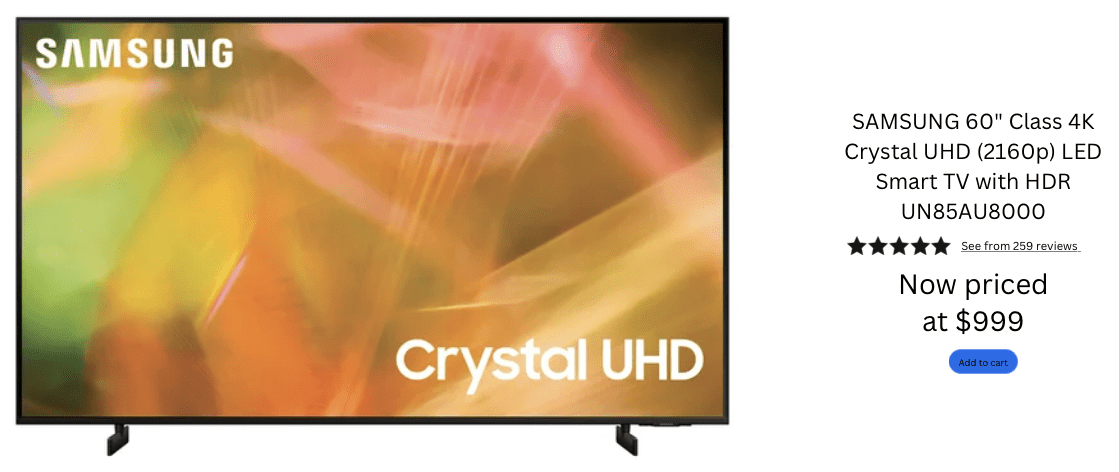A recent study has shown that people’s buying habits often are influenced by the pricing of the products they are purchasing. Interestingly, data proved odd pricing ($39.99 vs $40) increases people’s intent to purchase and lowers how large they perceive the price to be.
It also showed that not including cents proved favorable results compared to an equal priced product that does include cents ($100.00 vs. $100). Although people generally believe that you get what you pay for, consumers typically purchase what they perceive to be the better deal. Through creative advertisements, industrial-organizational psychologists are able to boost sales.
In the first part of the study, participants were shown a mock ad for a beach chair and then asked to respond to five questions pertaining to their likelihood to purchase the chair and their perception of the price. When there was no dollar sign and an odd price was used, participants perceived the price to be lower. The use of odd pricing increased the likelihood to make the purchase and decreased how high they perceived the price to be. There was no effect for the inclusion of cents or a dollar sign alone in making a decision.
When even pricing was utilized, participants reported a lower likelihood to purchase and perceived the price to be higher as compared to odd pricing. There was no difference between using cents or not, which may demonstrate that the first digit is what consumers pay the most attention to when they are determining what to purchase. The second part of the study manipulated the presence of cents and odd or even pricing on a higher-priced item, in this case a television. Participants were asked to respond to the same five questions as the first part of the study. An effect of pricing differences was found showing that when no cents ($999/$1,000 vs.. $999.99/$1,000.00) were present in the price, people were more likely to buy the television. No significant effect was found regarding even or odd pricing on the likelihood to purchase or how high participant’s perceive the price to be.
When cents are in the price, participants were less likely to purchase the item, showing that at a higher priced good, odd/even pricing has no effect but the presence of cents does. Surprisingly, in the second part of the study no effects were found for the inclusion of cents or odd/even pricing when tested on how large consumers perceive the prices. This shows that altering the price around $1,000 does not impact how big participants view the price. Higher-priced items do not seem to be impacted as much.
This study is notable because it is the first to examine the influence of cents, and odd/even pricing at different price points. The results provide implications for businesses to implement in their marketing of their products or services. The relatively subtle manipulation in the presentation of prices suggests that even small differences can influence sales.































